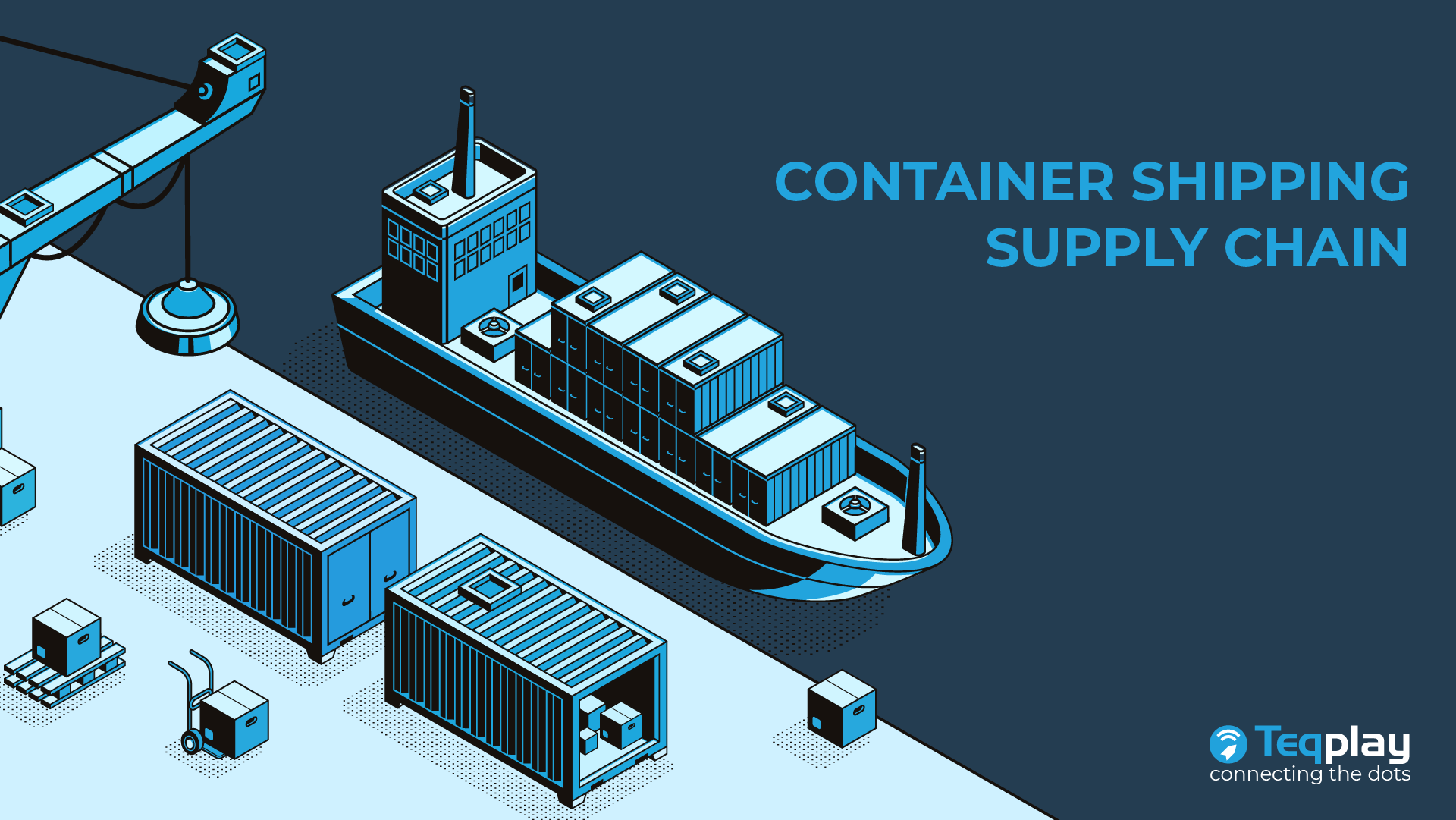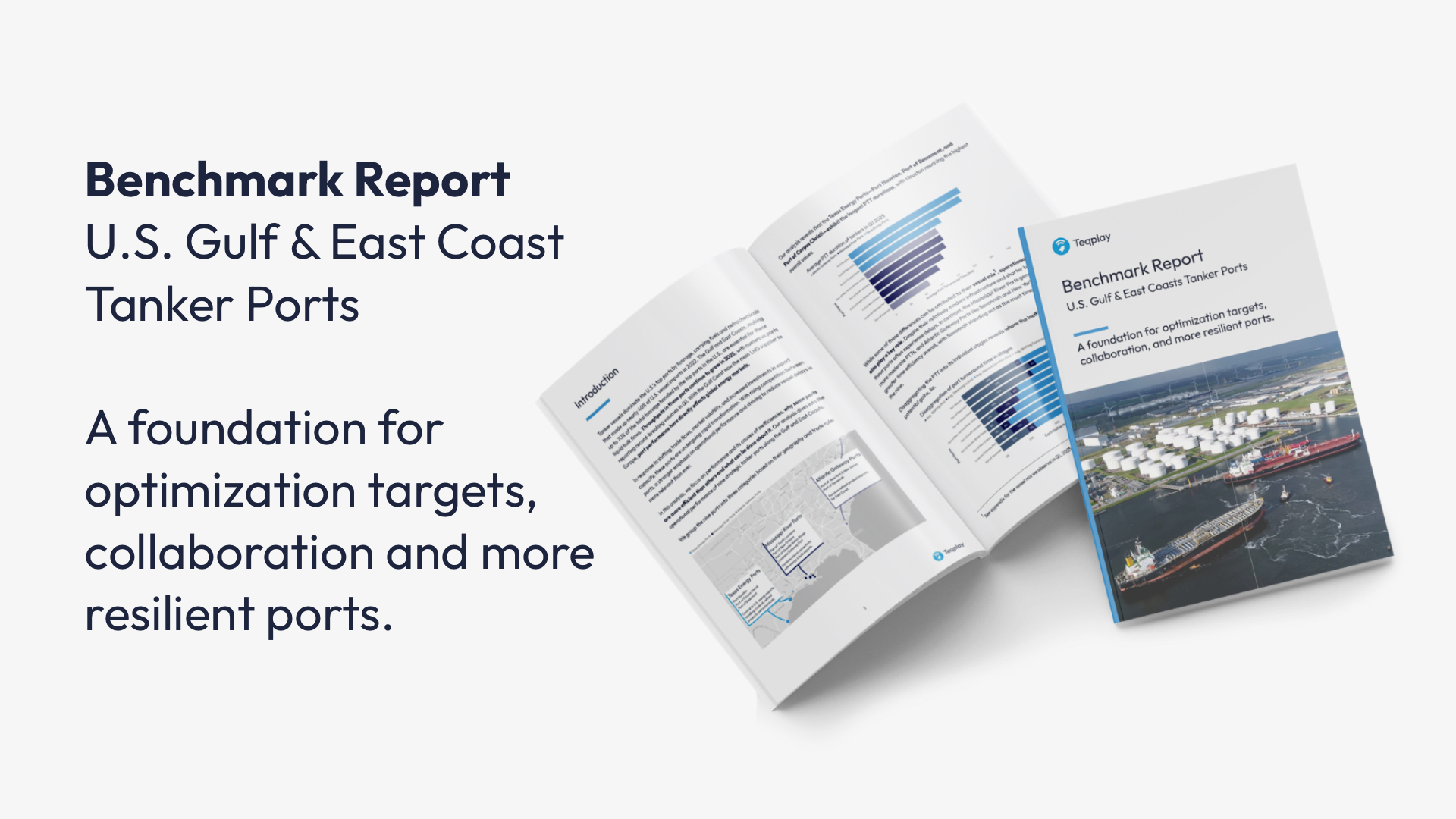According to a literature review, the container shipping supply chain (CSSC) may be classified into five segments:
- Freight
- Container
- Vessel
- Port/terminal
- Inland transport
In this blog, we will be focusing on the characteristics, challenges, and opportunities in vessel logistics and port/terminal logistics. The shipping line and the port are the two main stakeholders in these segments, and both parties play key roles in the flow of the CSSC.
Shipping Lines
Shipping lines are responsible for the transportation of goods from one port to another, using their vast fleets of container ships. The market for container shipping is highly competitive, capital-intensive, requiring a skilled workforce. Because of this, the industry is generally conservative and risk-averse.
However, as regulations are becoming stricter and the need for sustainability increases, shipping lines will need to adapt their business model in order to ensure smooth operations. Moreover, fluctuations in global trade and the economy as well as geopolitical issues and conflicts are also affecting trade routes. These uncertainties require shipping lines to step up and be proactive in managing change and risks.
Vessel Logistics
In the CSSC, vessel logistics refer to the operations and management of container ships. Vessel logistics involve various aspects such as the planning and optimization of routes, scheduling, loading and unloading of containers, maintenance and repair of vessels, and compliance with regulations. For shipping lines dealing with their vessel logistics, the main objective is to ensure the safe, reliable, and cost-effective transport of goods across the globe.
One of the key challenges that shipping lines face in vessel logistics is the optimization of their routes. The optimal route depends on various factors such as the distance between ports, weather conditions, and availability of fuel. The use of advanced technology, such as weather forecasting and vessel performance monitoring, can help shipping lines optimize their routes and reduce fuel consumption, thus improving their environmental sustainability.
Coordination between the shipping line, the port, and other stakeholders also present a challenge. To ensure smooth operations, it is crucial for shipping lines to communicate effectively with ports and terminals. This involves sharing information such as the arrival and departure times of vessels, container inventory, and cargo details. Digital platforms such as Port Community Systems (PCS) and Single Window systems can facilitate such communication and coordination.
In recent years, vessel logistics has also witnessed significant technological advancements, such as the use of autonomous vessels and blockchain-based solutions. Autonomous vessels can reduce human error and improve safety, while blockchain-based solutions can enhance transparency and security in the supply chain.
Ports & Terminals
Ports are gateways for transportation. A port may consist of several terminals, which specialize in handling certain types of commodity. Container ports and container terminals are often used interchangeably, designed as an interface to transfer containers between ships and other transport modes. Similar to the challenges that shipping lines face, ports and terminals are also facing difficulties in terms of compliance and operational efficiency. Limited space, capacity constraint, and delays further contribute to problems that ports and terminals are facing.
There have been a number of initiatives for Just-In-Time arrival, ECO speed sailing, together with digitalization initiatives such as standards proposed by DCSA (Digital Container Shipping Association). These initiatives show the technological direction that the supply chain is heading toward in its journey to solve problems of efficiency and compliance.
Port/Terminal Logistics
Port/terminal logistics refer to the operations and management of ports and terminals. For ports and terminals, the goal is to ensure the efficient and timely handling of containers and cargo. In the pursuit of that goal, port authorities need to be involved in various processes, including container handling, cargo storage, customs clearance, and compliance with regulations.
Capacity constraint is one of the difficulties that ports and terminals need to address. As global trade continues to grow, ports and terminals are facing increasing pressure to handle larger volumes of containers and cargo. Limited space and inadequate infrastructure can further exacerbate this problem. To address this, ports and terminals need to adopt efficient and innovative solutions. Advancing automation, digitalization, and optimization of yard operations are among the necessary steps that port authorities need to take.
Another challenge in port/terminal logistics is compliance with regulations. In recent years, there has been a growing focus on environmental sustainability and safety in the supply chain. Starting from January 2023, the International Maritime Organization (IMO) will implement 2 new measures, EEXI and CII, which are expected to be fully implemented by 2026. The new, stricter regulations will require ports and terminals to be more proactive in optimizing processes.
Conclusion
The CSSC is a complex and dynamic system that involves multiple stakeholders and processes. As global trade continues to grow, the CSSC will continue to evolve, and stakeholders need to stay on top of the latest trends and developments in order to remain competitive and ensure smooth operations.

Léon Gommans | CEO/Co Founder of Teqplay
A serial entrepreneur who’s passionate about #innovation, #technology, #collaboration, and of course, #maritime. The mission is: to connect the dots & to get it to work, together with the industry!
- +31 (0)6 55306660
- leon@teqplay.com
- Léon Gommans




